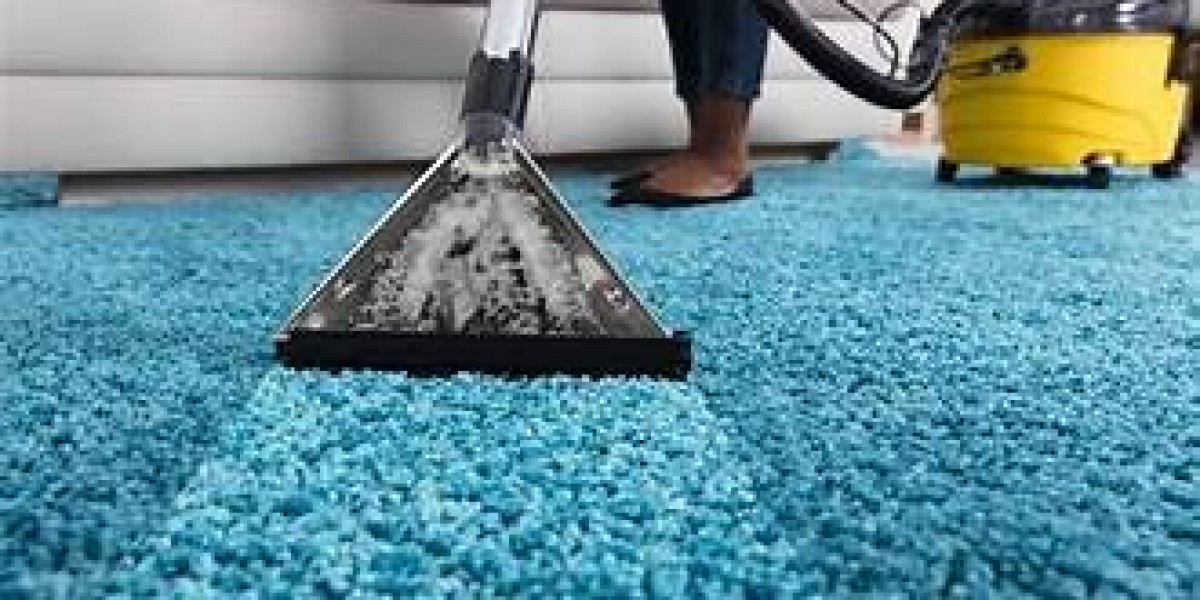In the world of printing, presentation is everything. Whether you’re producing posters, banners, signage, or other large-format prints, ensuring they look professional and last long is crucial. This is where wide format laminators come in. They are essential tools for printing businesses, design studios, and institutions that want to protect, enhance, and add a professional finish to their printed materials.
This article will explore everything about wide format laminators — from what they are and how they work to the different types, benefits, applications, and buying considerations. By the end, you’ll have a complete understanding of why investing in a wide format laminator is a smart decision for your printing operations.
What is a Wide Format Laminator?
A wide format laminator is a machine designed to apply a protective layer over large prints, typically ranging from 24 inches to over 100 inches in width. Unlike standard laminators, which cater to smaller sheets of paper, wide format laminators are made to handle large-scale prints such as banners, posters, maps, architectural drawings, and retail displays.
The lamination process involves sandwiching the print between a transparent film or applying a protective coating, which enhances durability, water resistance, UV protection, and gives the material a glossy or matte finish.
Wide format laminators are particularly popular in industries such as:
- Advertising and marketing: For posters, banners, and retail signage.
- Education and training: For teaching aids, maps, and large visual materials.
- Construction and architecture: For blueprints, floor plans, and display boards.
- Photography and art: For professional photo finishing and gallery prints.
How Do Wide Format Laminators Work?
Wide format laminators operate on a straightforward principle: applying heat, pressure, or a combination of both to bond a laminating film to a printed surface. The type of laminator you choose depends on the method of lamination.
1. Thermal Laminators
Thermal laminators use heat to melt an adhesive on the laminating film. The film then adheres to the print as it passes through heated rollers. This method is ideal for high-quality, durable finishes and is commonly used in commercial print shops.
Pros:
- Provides strong, long-lasting lamination.
- Offers a smooth and glossy finish.
Cons:
- Requires time to heat up.
- Sensitive to heat-sensitive prints.
2. Cold Laminators
Cold laminators rely on pressure rather than heat. The adhesive on the laminating film is pressure-sensitive, which allows it to stick to the print without applying heat.
Pros:
- Safe for heat-sensitive materials.
- Can laminate a wide range of substrates.
Cons:
- Slightly less durable than thermal lamination.
- May require careful alignment to avoid bubbles.
3. Roll-to-Roll Laminators
These are a subtype of wide format laminators that continuously laminate large rolls of material, making them ideal for high-volume production. They are commonly used in sign-making and large-scale print shops.
Benefits of Using Wide Format Laminators
Investing in a wide format laminator can provide several advantages for your printing business:
1. Durability and Protection
Lamination protects prints from water, dust, dirt, UV rays, and tearing. This is especially important for materials exposed to outdoor conditions.
2. Enhanced Appearance
A laminating film adds a glossy or matte finish, giving prints a professional look. Colors appear more vibrant, and the print gains a premium feel.
3. Versatility
Wide format laminators can handle a variety of materials — paper, vinyl, canvas, and fabric — making them suitable for multiple applications.
4. Cost-Effective in the Long Run
By protecting prints from damage, lamination reduces the need for frequent reprints, saving money in the long run.
5. Easy Maintenance
Modern wide format laminators are designed for smooth operation and minimal maintenance, making them suitable for busy print shops.
Applications of Wide Format Laminators
Wide format laminators are versatile machines that find applications across multiple industries:
1. Advertising and Marketing Materials
Laminated posters, banners, and signage look more professional and last longer. Businesses use them for promotions, events, and in-store displays.
2. Photography and Art
Artists and photographers laminate their work to enhance color vibrancy and protect prints from smudges or scratches. This is essential for gallery displays and exhibitions.
3. Educational Materials
Schools, colleges, and training institutes use wide format laminators for teaching aids, charts, and maps. Laminated materials can be reused multiple times, making them cost-effective.
4. Industrial Applications
Architects, engineers, and construction professionals use laminated blueprints and diagrams for durability and water resistance at job sites.
5. Event and Trade Shows
Laminated banners, backdrops, and displays ensure a professional presentation while withstanding wear and tear during transportation and setup.
Choosing the Right Wide Format Laminator
Selecting the right laminator requires understanding your business needs and production requirements. Consider the following factors:
1. Width Capacity
The laminator should accommodate the largest print sizes you plan to produce. Standard sizes range from 24 inches to over 100 inches.
2. Lamination Type
Decide between thermal or cold lamination based on the type of materials you use and whether they are heat-sensitive.
3. Speed and Efficiency
High-volume shops should look for machines with faster laminating speeds and roll-to-roll capabilities.
4. Temperature and Pressure Control
Precise temperature and pressure control ensures even lamination without bubbles or wrinkles.
5. Ease of Use and Maintenance
Modern laminators feature user-friendly controls, digital displays, and easy cleaning mechanisms.
6. Budget
Wide format laminators can range from affordable small-scale units to high-end commercial machines. Balance features and price to suit your requirements.
Popular Wide Format Laminator Brands
Several brands are known for their reliability and performance in the wide format laminator industry:
- GBC — Known for commercial laminating machines with advanced features.
- Royal Sovereign — Offers high-quality laminators for print shops.
- Fujipla — Japanese brand renowned for precision and durability.
- Seal Laminating Systems — Focused on large-scale and industrial laminators.
- Mimaki and Roland — Popular in signage and digital print markets for integrated solutions.
Tips for Efficient Lamination
Even the best laminator can produce poor results if not used correctly. Here are some tips to get optimal results:
- Check Print Quality — Lamination will accentuate any imperfections in the print. Ensure prints are clean and well-aligned.
- Use Proper Film Thickness — Thicker films provide more durability but may require higher temperature or pressure.
- Feed Material Straight — Misalignment can cause wrinkles or uneven lamination.
- Test on Scrap Material — Before laminating expensive prints, test settings on a smaller sample.
- Regular Maintenance — Clean rollers, remove dust, and inspect for wear to prolong the machine’s life.
Common Challenges and Solutions
Even with advanced wide format laminators, some challenges can arise:
1. Bubbles and Wrinkles
Solution: Adjust temperature, pressure, or speed; ensure film is aligned properly.
2. Heat Damage
Solution: Use cold lamination for heat-sensitive materials or adjust thermal laminator settings.
3. Film Misalignment
Solution: Use guiding systems and proper feeding techniques.
4. Roller Marks
Solution: Regularly clean rollers and use recommended laminating films.
Maintenance and Safety Tips
Maintaining your wide format laminator ensures longevity and safe operation:
- Clean Rollers Regularly — Prevents adhesive buildup.
- Check Electrical Connections — Avoid shorts or overheating.
- Use Recommended Films — Low-quality films can damage the machine.
- Follow Manufacturer Guidelines — Always adhere to safety and operational instructions.
- Keep Area Clear — Avoid clutter around the laminator to prevent accidents.
The Future of Wide Format Laminators
With advancements in printing technology, wide format laminators are evolving:
- Digital Integration: Some laminators now feature software integration for automated settings based on print type.
- Eco-Friendly Films: Biodegradable and recyclable laminating films are becoming popular.
- Speed and Automation: Faster machines with automated roll handling increase productivity.
- Hybrid Laminators: Machines combining thermal and cold lamination expand material compatibility.
Conclusion
Wide format laminators are indispensable tools for businesses and professionals in the printing, advertising, photography, education, and industrial sectors. They not only enhance the look and feel of printed materials but also extend their lifespan, making them a worthwhile investment.
When choosing a laminator, consider factors such as width capacity, lamination type, speed, and brand reliability. Proper maintenance and operational techniques will ensure that your laminator delivers high-quality results consistently.
Whether you are producing banners for a marketing campaign, artwork for a gallery, or durable educational materials, a wide format laminator is the secret to professional and lasting prints. Investing in the right machine will elevate the quality of your outputs and provide a competitive edge in your industry.


